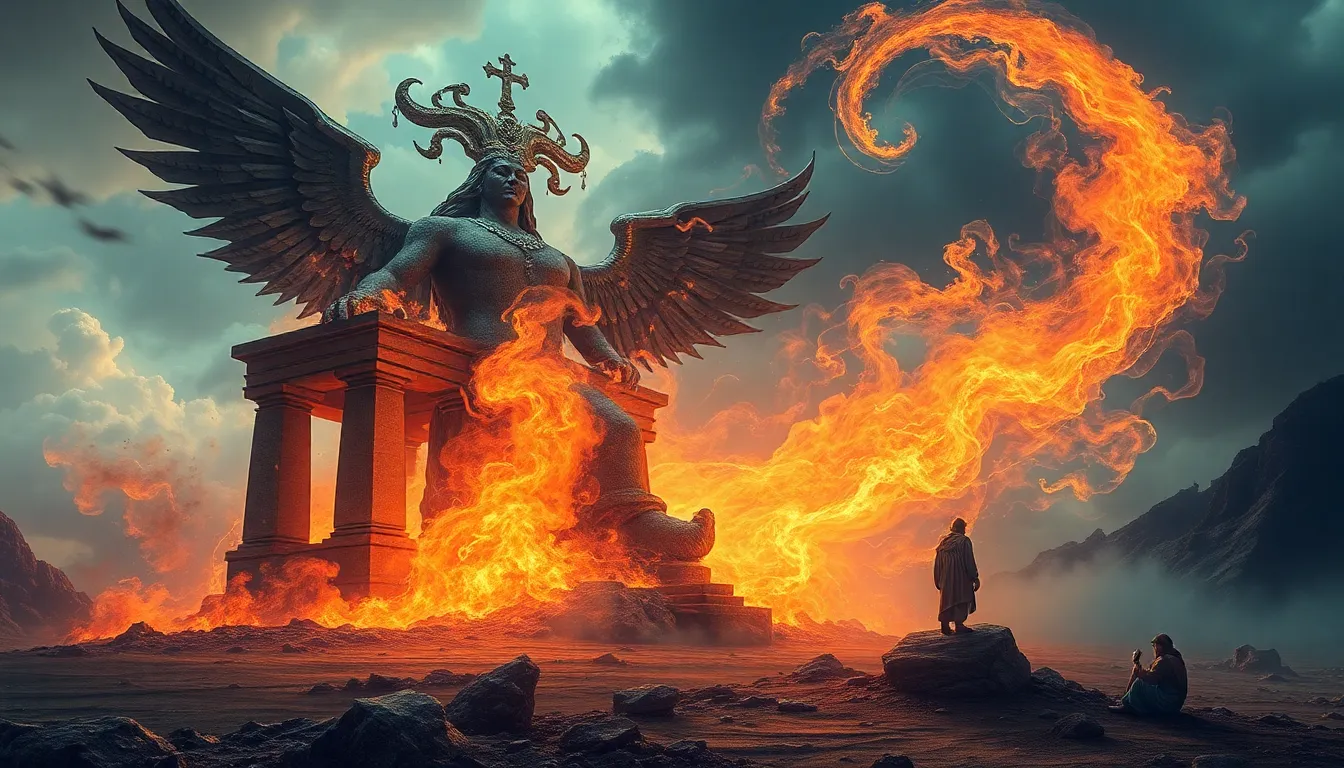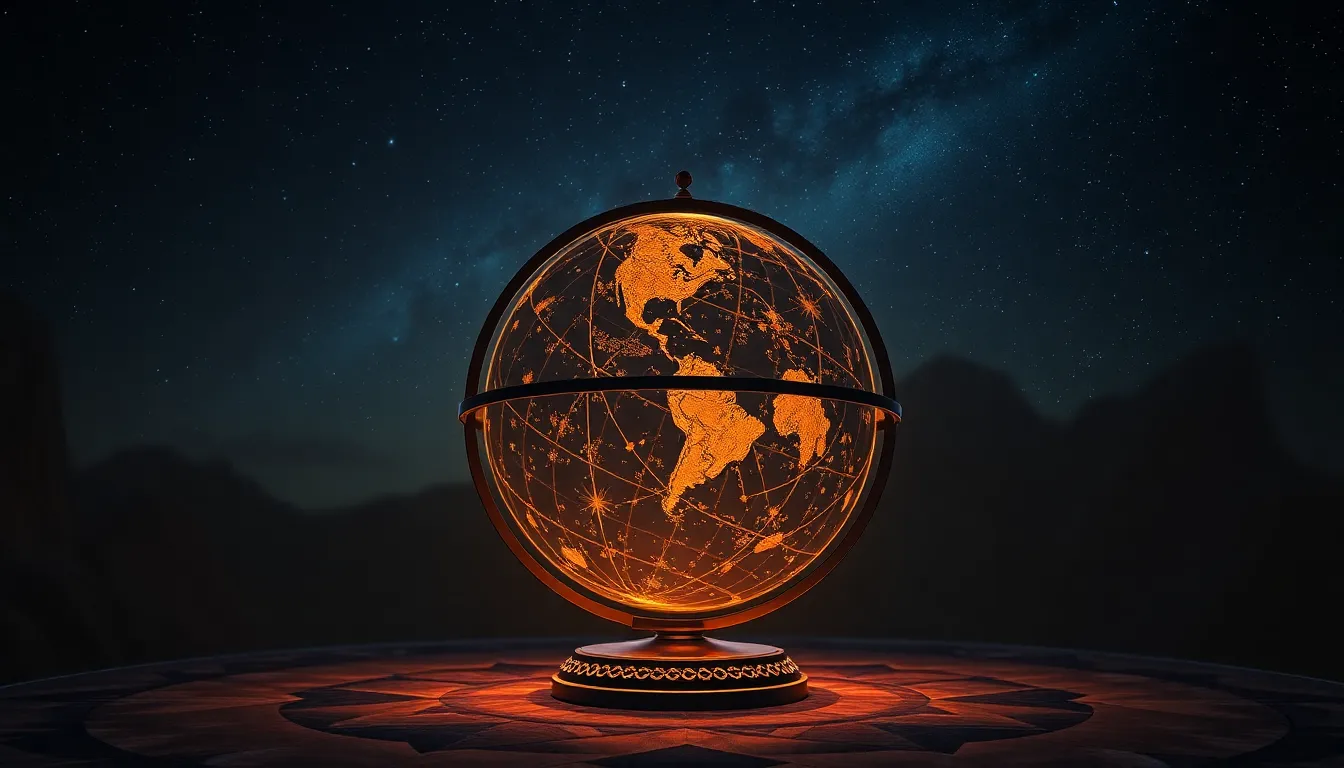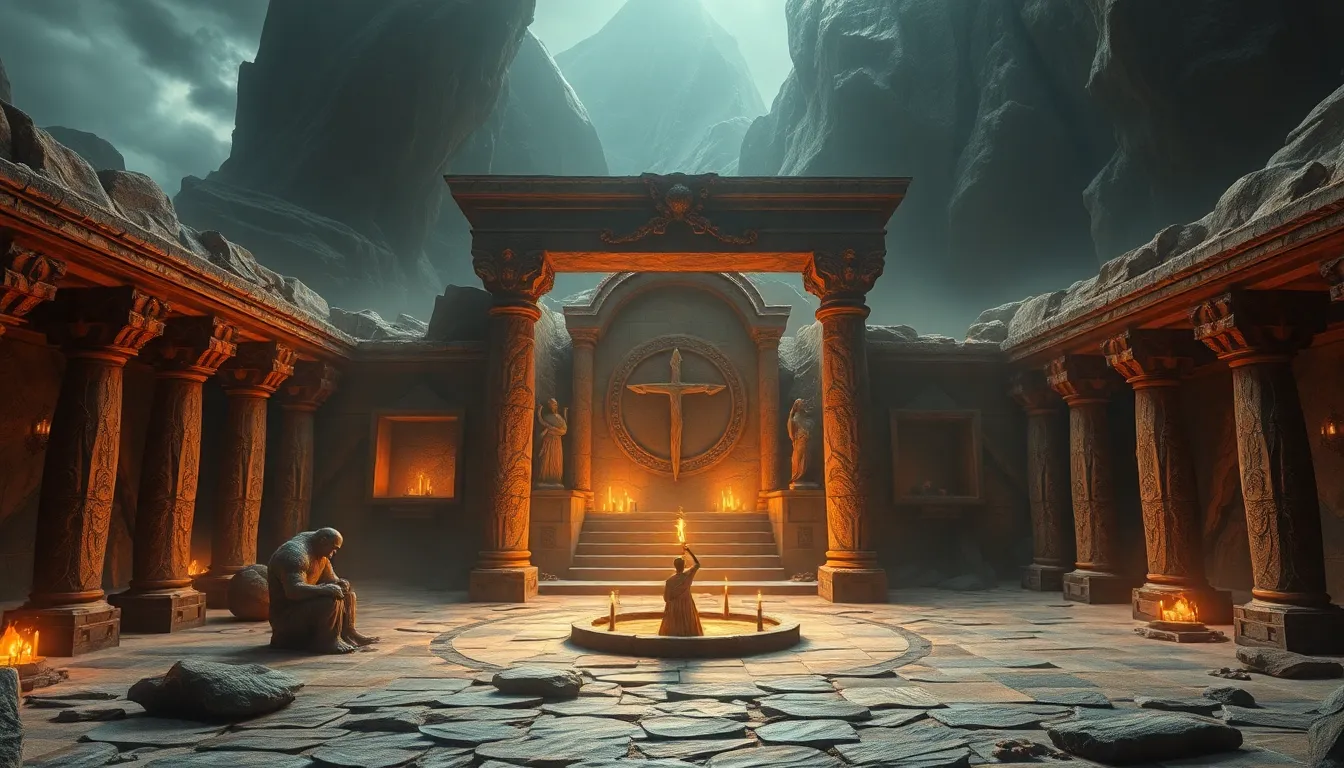The Role of Ancient Deities in Natural Phenomena: Myths Explained
1. Introduction to Ancient Deities and Natural Phenomena
Ancient deities refer to the gods and goddesses worshipped by various cultures throughout history, often embodying natural elements or forces. These divine beings played a crucial role in explaining the world around ancient peoples, offering insights into natural phenomena through mythological narratives.
In many ancient cultures, natural phenomena such as storms, earthquakes, and changing seasons were often attributed to the actions of these deities. Myths served not only as religious texts but also as a means to understand and cope with the unpredictable nature of the environment.
2. The Creation Myths: How Deities Shaped the Earth
Creation myths are foundational stories that describe the origins of the earth and its inhabitants. Across various cultures, these myths illustrate how deities shaped the world, providing a framework for understanding existence.
- Gaia in Greek Mythology: Gaia, the personification of the Earth, emerged from Chaos and gave birth to the mountains, seas, and sky, establishing a sacred bond between the earth and its inhabitants.
- Pachamama in Inca Beliefs: Pachamama, the earth goddess, is revered in Inca culture as a provider of agricultural bounty and fertility, symbolizing the reciprocity between nature and human life.
The symbolic relationship between these deities and the physical world underscores the belief that the divine is intricately linked to the earth’s natural processes.
3. Weather Deities: The Guardians of Climate and Seasons
Weather deities are often viewed as guardians who control climate and seasonal changes. Their narratives frequently explain the reasons behind storms, droughts, and other weather phenomena.
- Zeus: In Greek mythology, Zeus wields thunderbolts, symbolizing his power over storms and weather.
- Thor: The Norse god of thunder, Thor, is associated with rain and fertility, often called upon to ensure bountiful harvests.
- Ra: In Egyptian mythology, Ra, the sun god, represents the life-giving force of sunlight and is often invoked for protection against droughts.
Cultural rituals, such as sacrifices and festivals, were commonly performed to appease these weather deities, reflecting a deep-seated belief in their influence over human affairs.
4. Deities of the Underworld: Earthquakes and Natural Disasters
Underworld deities often embody the forces of destruction, representing natural disasters and upheavals. Their stories illustrate the ancients’ attempts to rationalize terrifying events such as earthquakes and volcanic eruptions.
- Hades: In Greek mythology, Hades rules the underworld and is often associated with earthquakes, seen as a manifestation of his power.
- Osiris: The Egyptian god of the afterlife, Osiris, is linked to the cyclical nature of life and death, symbolizing the balance of destruction and rebirth.
- Pele: The Hawaiian goddess of volcanoes, Pele is revered and feared for her ability to create new land through eruptions, reflecting the duality of destruction and creation.
These myths often interpret natural disasters as divine punishment or warnings, reinforcing the belief that human actions could influence the favor of the gods.
5. Celestial Bodies and Cosmic Forces: Gods of the Sun and Moon
Celestial deities, such as those representing the sun and moon, played a significant role in ancient cosmologies. Their myths often sought to explain astronomical events, including eclipses and the changing of the tides.
- Helios: The Greek sun god Helios drives his chariot across the sky, symbolizing the daily cycle of day and night.
- Selene: In Greek mythology, Selene represents the moon, embodying the mystery and beauty of the night.
- Quetzalcoatl: In Mesoamerican cultures, this feathered serpent god is associated with the dawn and the cycle of life, reflecting the connection between celestial events and earth.
The impact of astronomy on ancient religious practices was profound, as celestial events were often seen as divine messages or omens.
6. Water Deities and the Significance of Rivers and Oceans
Water is a vital element for life, and ancient civilizations often revered water deities that governed rivers and oceans. These deities were integral to agriculture and survival.
- Poseidon: In Greek mythology, Poseidon is the god of the sea, earthquakes, and horses, representing the power of the oceans.
- Njord: The Norse god Njord governs the sea and winds, associated with prosperity and seafaring.
- Varuna: In Hindu mythology, Varuna is the god of water and the celestial ocean, embodying the moral order of the universe.
Myths surrounding these deities often explain floods and droughts, emphasizing the life-giving properties of water and the need for rituals to ensure its abundance.
7. Animal Deities and Their Connection to Natural Habitats
Animal deities often represent the relationship between humans and the animal kingdom, embodying various traits and behaviors observed in nature.
- Anubis: The Egyptian god associated with mummification and the afterlife, Anubis is often depicted as a jackal, symbolizing the importance of animals in ancient Egyptian culture.
- Artemis: The Greek goddess of the hunt, Artemis is closely linked to wildlife and wilderness, representing the balance between humans and nature.
- Totemic beliefs: Many indigenous cultures hold animal spirits as totems, representing guidance and protection in their connection to nature.
Myths explaining animal behavior and habitat preservation highlight the ecological balance and the interdependence of all living beings.
8. The Psychological and Sociological Impact of Natural Phenomena Myths
Myths about natural phenomena have significantly shaped cultural identity and community cohesion. They provided psychological comfort by offering explanations for events that were otherwise incomprehensible.
- Myths fostered a sense of belonging and shared understanding within communities.
- They helped individuals cope with the unpredictability of nature, offering a framework to interpret fear and uncertainty.
- As societies evolved, these myths adapted, reflecting changing beliefs and knowledge about the natural world.
The evolution of these myths continues to influence contemporary society, inspiring modern interpretations and adaptations in literature, art, and culture.
9. Comparative Analysis: Similarities and Differences Among Cultures
A comparative analysis of myths across different cultures reveals both similarities and differences in how natural phenomena are explained. Common themes include:
- The personification of natural forces as deities.
- Creation myths that explain the origins of the earth and its inhabitants.
- Rituals and practices aimed at appeasing these divine beings.
However, differences often arise in the specific characteristics of deities, the narratives surrounding them, and the cultural contexts in which these myths are situated. Understanding these variations enriches our appreciation of global mythology and the human experience.



